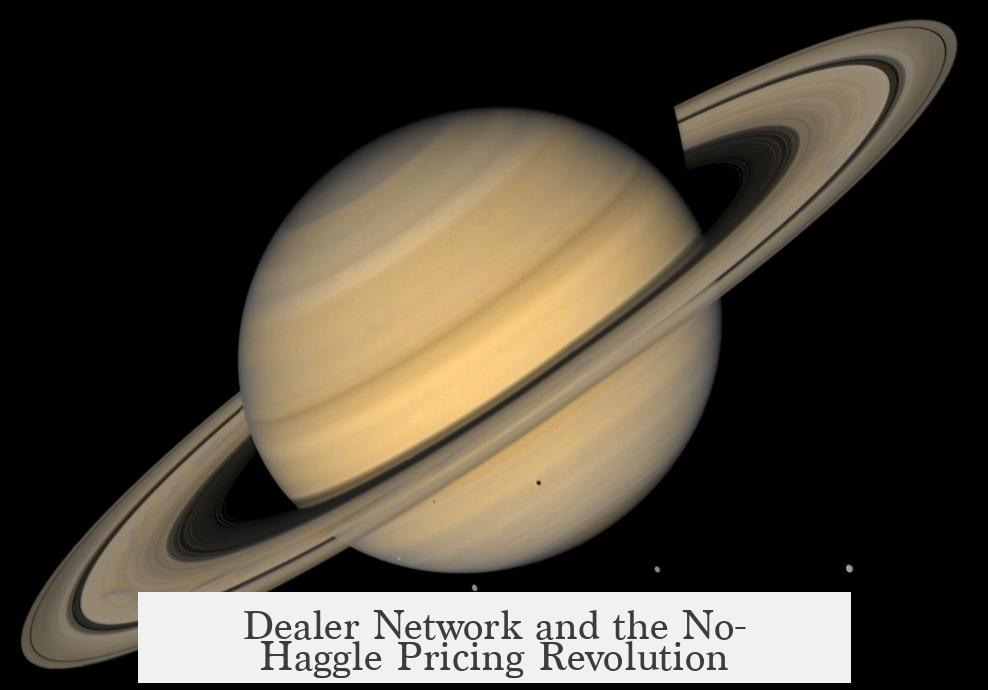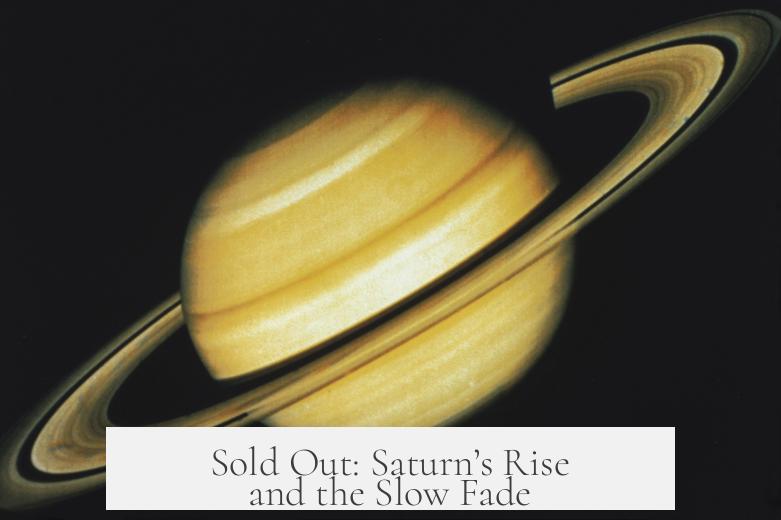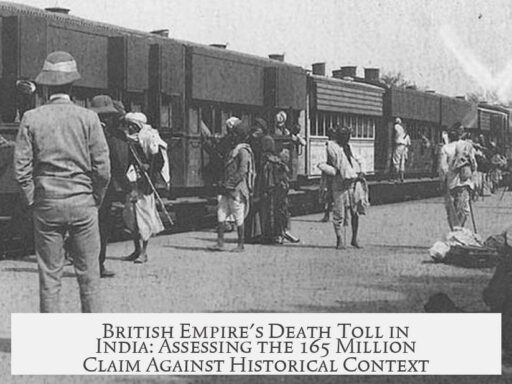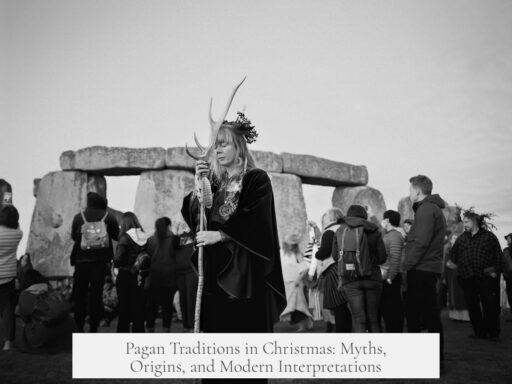Saturn was GM’s bold attempt to reinvent the small car and reshape the car buying experience. It emerged in response to growing consumer demand for smaller, fuel-efficient vehicles, strongly influenced by Japanese imports in the 1980s. Saturn combined innovative manufacturing, labor partnerships, unique dealer strategies, and customer-focused marketing to disrupt the stagnant American auto industry.
In the early 1980s, US consumers increasingly favored compact cars with better mileage. Japanese brands like Datsun fueled this shift, rapidly depleting inventories and demonstrating a clear market trend. Robert Dallon, former National Automobile Dealers Association chairman, noted how the demand pivoted almost overnight toward smaller cars. American automakers like GM struggled to compete as trust in domestic brands declined. GM responded by launching Saturn in 1982, focusing squarely on building a competitive compact model and transforming the entire ownership experience.
The Saturn project was ambitious from the start. GM established a $2 billion plant in Spring Hill, Tennessee, selected for its ‘pro-business climate’ and labor force. Groundbreaking began in 1986. This factory was a greenfield investment—built from scratch to enable flexible, efficient production unlike traditional GM plants. Saturn’s manufacturing was designed around flexibility. For example, the plant could swiftly switch assembly focus, such as moving between predominantly automatic or manual transmissions depending on parts availability or market trends.
A central innovation was Saturn’s application of Total Quality Management (TQM). Inspired by an academic supply chain study, Saturn tightly controlled its parts supply, ensuring high availability and reduced downtime. A 1999 survey by Parts Monitor ranked Saturn highest for off-the-shelf parts readiness, a testament to operational excellence. This vertical integration approach allowed Saturn to offer consistent product quality and customer satisfaction, directly addressing former pain points with GM’s traditional supply chains.
Saturn also revolutionized the car buying process with a novel dealer strategy. GM created a network of exclusive territories for Saturn dealers, eliminating competition between nearby dealerships. This cleared the way for a no-haggle pricing policy, where prices were set nationally and transparently. Used Saturn vehicles sold at Blue Book value to enhance trust further. This approach fostered customer confidence and goodwill, distinguishing Saturn sales from the often adversarial, negotiation-heavy experiences at other brands.
Labor relations formed another cornerstone of the Saturn experiment. GM and the United Auto Workers (UAW) crafted a participative labor-management partnership. The union held seats at multiple organizational levels. Workers were chosen partly for their willingness to embrace this collaboration. This style emulated the cooperative, quality-focused models of Japanese plants like Nissan’s Tennessee facility. However, the partnership deteriorated over time. By the late 1990s, tensions rose, culminating in a 1998 strike. By 2003, Saturn’s special union agreement was absorbed back into the general UAW contract, ending the unique labor experiment.
Saturn’s marketing reinforced its innovative ethos. Advertising agencies highlighted Saturn’s American manufacturing roots and personalized customer relationships. Campaigns targeted consumers who had left gas-guzzling domestic cars for more efficient imports. Ads emphasized reliability and a fresh ownership experience, further cementing Saturn’s identity as a new kind of automaker.
Despite early successes, Saturn struggled to evolve with shifting consumer preferences beyond the compact car segment. Sales peaked in 1994 and declined afterward. Attempts to broaden the model lineup came slowly; for example, the Saturn Vue SUV debuted only in 2002, too late to reverse market share losses. Saturn remained tied to an outdated market niche even as demand moved toward SUVs and crossovers. The brand was officially closed in 2010.
Saturn’s legacy lies in its innovations, particularly the adoption of TQM and integrated supply chain management. These practices influenced other automakers, although none replicated Saturn’s success fully due to differences in starting conditions and organizational culture. The unique dealer model and labor partnerships have seen mixed results outside Saturn. The brand’s story highlights both the potential and the challenges of radical innovation in a traditional industry.
| Aspect | Saturn Innovation | Outcome/Impact |
|---|---|---|
| Market Response | Focused on compact, fuel-efficient cars | Addressed Japanese import competition initially |
| Manufacturing | New Tennessee plant with flexible assembly lines | Enabled quick response to parts availability and demand |
| Quality Control | Total Quality Management and supply chain integration | High parts availability and product consistency |
| Dealer Network | Exclusive territories, no-haggle pricing | Enhanced customer trust and smoother buying experience |
| Labor-Management | Participative union partnership | Initially cooperative; later declined leading to strikes |
| Marketing | Emphasized American roots, reliability, personal connection | Built distinctive brand identity among consumers |
| Challenges | Slow model expansion beyond compact cars | Missed shifting consumer trends; eventual brand closure |
- Saturn started as GM’s radical response to Japanese competition in compact cars.
- It featured a new plant designed for production flexibility and quality control through TQM.
- The brand introduced a no-haggle, territory-exclusive dealer network improving customer experience.
- Innovative labor-management partnership sought worker participation but dissolved by the 2000s.
- Marketing focused on building trust and emphasizing American manufacturing.
- Failure to quickly diversify models beyond small cars contributed to Saturn’s decline.
- Saturn closed in 2010, but its TQM and supply chain lessons influenced the wider auto industry.
What Really Happened at Saturn, GM’s Radical Project to Reinvent the Small Car and the Car Buying Experience?

Saturn was General Motors’ ambitious effort to upend the small car market and transform how Americans bought vehicles. It was bold, fresh, and born out of necessity. But what truly went down behind the scenes? Let’s peel back the layers.
During the 1970s, a storm brewed for American automakers—fuel shortages caused by the oil crisis and geopolitical tensions in Iran sparked a seismic shift in consumer tastes. Suddenly, smaller, fuel-efficient Japanese cars became the rage. GM, Ford, and Chrysler scrambled to respond.
Robert Dallon, former chairman of the National Automobile Dealers Association, paints a vivid picture: at one point, 100,000 Datsuns sat on Los Angeles docks. Dealers worried endlessly about inventory. Just ninety days later, those cars sold out completely. Overnight, consumers demanded small cars. And they wanted them badly.
American manufacturers found themselves on the back foot. Chrysler clutched desperately to a government bailout, GM eyed innovation as a lifeline.
The Birth of Saturn: A Clean Slate Against Japanese Imports
Saturn started as a small car study in 1982, a direct reaction to this mounting challenge. GM wasn’t interested in patchwork fixes; they wanted a radical new approach. The name “Saturn” derived from NASA’s iconic Saturn rocket missions—symbolizing launch, innovation, and a fresh trajectory. By 1984, prototypes rolled off the drawing boards.
GM chose Spring Hill, Tennessee, to build a brand-new plant from scratch. Location was strategic—pro-business climate, hardworking local labor—and the investment was hefty: around $2 billion. Groundbreaking happened in 1986, and from foundations up, Saturn would challenge old manufacturing and sales norms.
Vertical Integration and Total Quality Management: Reinventing Manufacturing
Behind Saturn’s curtain, an academic study reshaped how GM saw operations. Morris Cohen and Hau Lee’s work on supply chain management inspired a new paradigm: Total Quality Management (TQM). This philosophy emphasized tight control over the entire parts and dealer experience.
At first, management was skeptical. But a dedicated group—nicknamed “the 99”—pushed TQM forward as central to Saturn’s DNA. The idea? Own and manage the supply chain aggressively to ensure consistent quality and availability.
The proof is in the parts. A 1999 Parts Monitor survey crowned Saturn as the champion for off-the-shelf parts availability—a huge win for customers needing repairs without long waits.
The plant was a marvel of flexibility, engineered to pivot quickly. For example, if a shortage hit automatic transmissions, they could shift gears—pun intended—to manual ones with ease. That nimbleness was rare in Detroit’s big three factories.
Dealer Network and the No-Haggle Pricing Revolution

Saturn’s dealer network was a clean sheet, just like the factory. GM handpicked dealers and awarded them wide, exclusive territories—no overlapping rivals breathing down each other’s necks. This exclusivity was crucial to the famous “no-haggle” pricing policy.
No haggling meant no stressful bartering battles when buying a car. Prices were transparent and consistent nationwide, removing the usual dealer-driven games. Used cars? They were sold based on Blue Book cost, again fostering trust and fairness.
This transparent, hassle-free shopping experience was almost revolutionary in the high-stakes, high-pressure auto sales world.
Union Cooperation and Participative Management
Despite being built by GM, Saturn embraced a fresh labor approach inspired by Japanese automakers like Nissan. The United Auto Workers (UAW) union wasn’t an opponent here. Instead, it was embedded deeply into management and decision-making, a first in Detroit.
The union had seats at every table. Workers participated in decisions across all levels. Applicants for Saturn’s Tennessee plant were screened based on their willingness to embrace this cooperative, participative culture.
This was unusual and optimistic—a labor-management partnership designed to boost worker satisfaction and productivity. However, as the ’90s progressed, that harmony faded. GM shifted to assert more control, and by 1998, tensions erupted in strikes. Eventually, in 2003, Saturn workers merged back into the general UAW agreement, ending this experiment.
Marketing Saturn: Selling the American Dream Differently
Saturn’s marketing agency, Hal Riney & Partners, zeroed in on personal connection. Advertisements pitched Saturn to Americans who had abandoned gas-guzzling domestic cars for Japanese imports.
Ads proudly proclaimed the cars were “made from scratch in this country,” emphasizing reliability, quality, and an authentic American origin story. This narrative sought to rebuild trust in US-made small cars by connecting emotionally, rather than just pushing specs.
Sold Out: Saturn’s Rise and the Slow Fade

Saturn’s sales peaked in 1994, a solid decade after launch. For buyers wanting a compact, reliable car made in America, Saturn was the answer. But the market kept moving.
Saturn stubbornly stuck to the compact car niche for roughly a decade, rooted in consumer behavior from the late ’70s crisis. Meanwhile, tastes evolved. Buyers began shifting away from smaller cars to larger SUVs and crossovers.
Though Saturn eventually introduced the Vue crossover in 2002, it arrived too late, too little. New model rollouts were slow, and Saturn failed to keep pace.
The Legacy of Saturn: Lessons and Echoes
While Saturn ultimately shuttered in 2010, its lasting mark is profound. The Total Quality Management (TQM) approach and integrated supply chain model remain influential in the auto industry.
Many companies have tried to replicate Saturn’s supply chain and after-sales service philosophy, with mixed success. Notably, existing firms like Caterpillar struggled to implement TQM effectively without the “clean slate” advantages Saturn had.
Saturn’s labor-management experiment, while initially promising, underscores how hard such cultural shifts are to sustain in entrenched environments.
So, What Really Happened at Saturn?
Saturn offered a glimpse at an automotive future that could have happened if Detroit had embraced innovation, quality, and customer-centric sales fully and with lasting commitment.
It was a bold project, crafted in response to foreign competition, and it shook up manufacturing, dealer relations, and labor dynamics. Yet, Saturn’s reluctance to evolve its product lineup quickly, combined with internal organizational challenges, ultimately led to its demise.
Did Saturn fail? Or was it just ahead of its time? That question lingers.
What Can Modern Automakers Learn?
- Don’t underestimate market shifts. Saturn leaned heavily on a 1979 crisis era mindset, and failure to evolve rapidly hurt sales.
- Transparency builds trust. The no-haggle dealer approach made buying easier and is still appreciated by customers today.
- Supply chain control is invaluable. Saturn’s TQM approach is a strategic asset for quality and customer satisfaction.
- Culture matters deeply. The participative labor-management model showed promise but needs long-term commitment from both sides.
Saturn’s story is a fascinating case study in innovation, ambition, and market reality. It reminds us that reinventing something as fundamental as the car—and how it’s sold—is a complex, human, and sometimes messy endeavor.
After all, even the best rockets don’t always escape gravity.
What made Saturn’s car manufacturing process different from other GM divisions?
Saturn used Total Quality Management (TQM) to control its supply chain. The plant was designed for flexibility, allowing quick adjustments to parts and production. This approach improved parts availability and manufacturing efficiency.
How did Saturn’s no-haggle pricing policy work?
Saturn dealers were given exclusive territories to prevent competition between them. Prices were set nationally and fixed, so customers never had to negotiate. Used cars were also sold at Blue Book value, building trust with buyers.
What caused the breakdown of Saturn’s labor-management partnership?
Initially, workers and management collaborated closely, inspired by Japanese plants. Over time, GM increased control, leading to tensions and a strike in 1998. By 2003, Saturn workers joined the general UAW union, ending the unique partnership.
Why did Saturn struggle to maintain sales after its peak in the mid-1990s?
Saturn focused heavily on compact cars and delayed launching new models. Consumer preferences shifted toward larger vehicles, and the brand was slow to adapt. The late introduction of models like the Vue in 2002 was not enough to reverse the decline.
What lasting impact did Saturn have on the automotive industry?
Saturn’s biggest legacy is popularizing TQM and vertical supply chain control. While other companies found this hard without Saturn’s fresh start, aspects of its manufacturing and sales innovations influenced broader industry practices.




